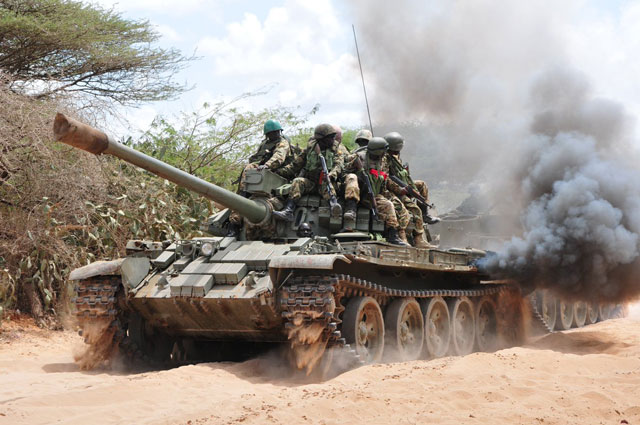The six major legal issues in Stanbic Bank (U) Ltd. Vs. Nassanga Saphinah Kasule (C.O.A CA. No. 182 of 2021)

Stanbic Bank (Uganda) Limited versus Nassanga Saphinah Kasule (Court of Appeal Civil Appeal No. 182 of 2021) raises numerous issues which are pertinent for us to understand. Click here to watch the case brief summary In summary, this case discusses the following major points of law. 1. The Distinction between a Notice of Appeal under Rule 86 and a Notice of Cross Appeal under Rule 91 of the Judicature (Court of Appeal Rules) Directions. 2. The power of the Court of Appeal as the first appellate court in decisions from the Industrial Court. 3. Rights of an employee upon determination and rights upon dismissal for misconduct. 4. The difference between Pleadings and Witness Statements. 5. The significance of sticking to one's pleadings. 6. The Distinction between Exemplary and Aggravated Damages. Case Brief In this instance, the appellant submitted a preliminary objection under *Rule 86* to the striking out of a Notice of Cross Appeal, but the court overruled it, underlining that *R...

.jpeg)

.jpeg)

